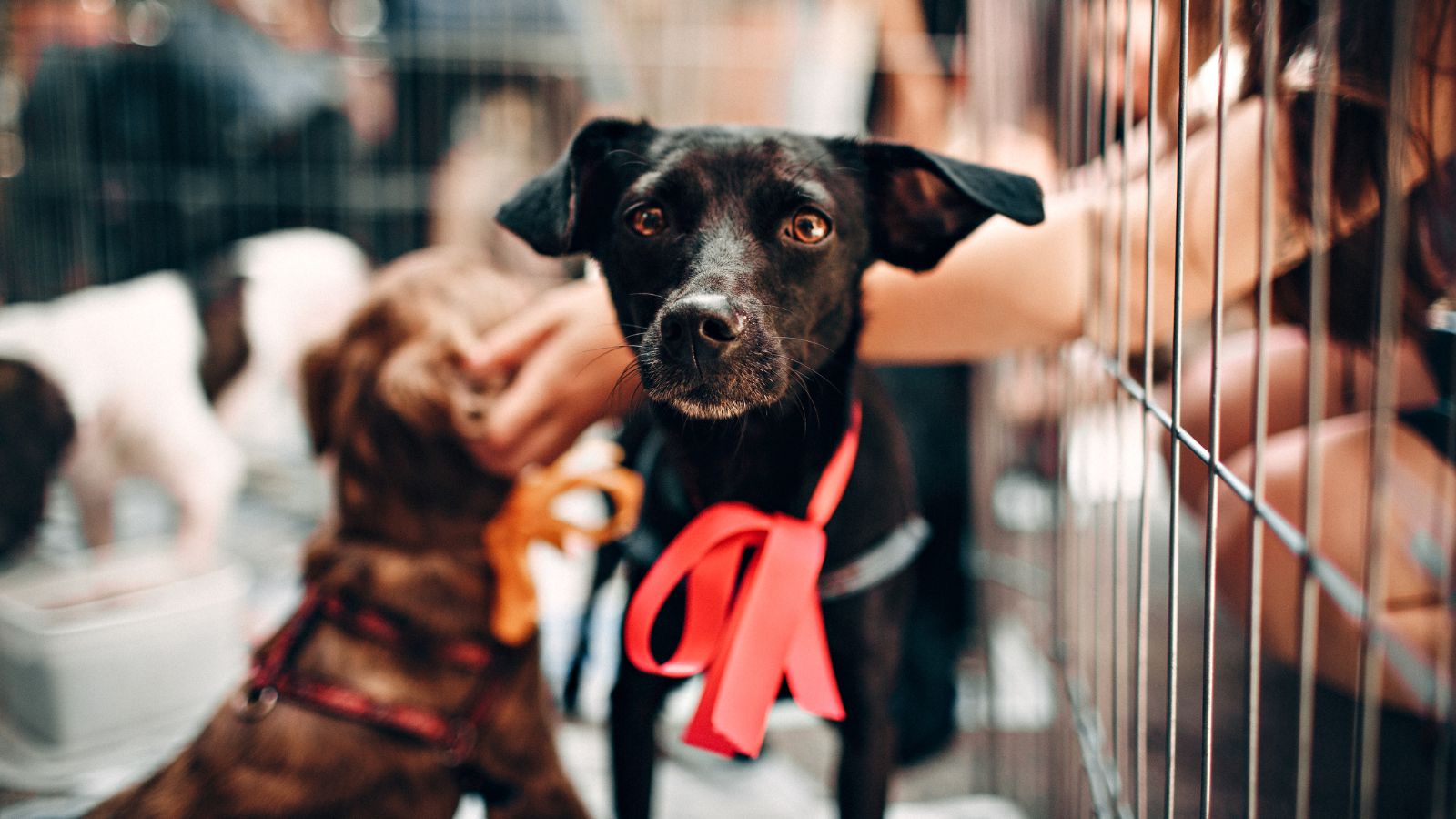Not all dog toys are created equal—and not every toy is right for every dog. The toy you pick can do more than entertain. It can support mental stimulation, reduce anxiety, encourage exercise, and even help with dental health.
From durable chew toys to soft and soothing plush dog toys, selecting the right option is part of responsible pet care. Brands like Yomp are now designing toys that match a dog’s personality, chewing strength, and developmental stage—making playtime safer and more meaningful.
Why Toys Matter More Than Ever
For most dogs, toys are essential. They’re not just a luxury—they’re part of a dog’s routine for health and happiness. The right toy can:
- Stimulate the brain – Prevent boredom and destructive behavior by keeping your dog mentally engaged.
- Support physical activity – Toys encourage movement and help maintain a healthy weight.
- Reduce anxiety – Soft toys can bring comfort during stressful situations, especially for puppies or rescue dogs.
- Promote dental hygiene – Chew toys help reduce plaque and keep gums healthy.
Whether you’re tossing a ball at the park or handing your dog a toy before you head to work, play has long-term benefits.
Tailoring Toys to Your Dog’s Needs
Dogs have different personalities and chewing styles. Choosing the right toy depends on a few key factors:
1. Chewing Strength
- Power chewers need reinforced rubber or silicone.
- Average chewers benefit from plush and softer materials with added durability.
- Gentle chewers or toy-carrying dogs usually prefer soft toys they can cuddle.
2. Age and Life Stage
- Puppies have developing teeth and gums—softer materials work best.
- Adults need more stimulation to stay sharp and avoid boredom.
- Seniors often prefer lighter or softer toys that don’t strain teeth or joints.
3. Size and Breed
Always choose toys appropriately sized for your dog. A toy that’s too small may pose a choking risk; too large and it may go unused.
The Comfort of Plush
Some pet owners avoid plush toys, fearing they’ll be torn apart in seconds. But not every dog is a destroyer—and not all plush toys are made equal.
High-quality plush toys can provide:
- Soothing textures that calm anxious or gentle dogs
- A “prey” feel that satisfies a dog’s natural instincts
- Interactive features like squeakers, crinkles, or hidden treats
- Softness that supports cuddling—especially comforting in crates or during downtime
Dogs often form strong attachments to their plush toys. They carry them around, sleep with them, and use them for comfort during separation or stress.

Signs You Chose the Right Toy
Your dog can’t talk—but their behavior speaks volumes. Here’s how you know a toy is working:
- They return to it again and again
- They play calmly, without frustration
- They don’t immediately destroy it
- It helps them settle when anxious or bored
Try rotating toys weekly to keep things fresh and observe which types your dog prefers.
When to Replace a Toy
Even the best toys wear out. Watch for:
- Ripped seams or missing pieces
- Exposed stuffing or squeakers
- Cracks or sharp edges on harder toys
- Mold or foul odors from moisture build-up
If a toy looks questionable, replace it. A few dollars now can prevent a vet bill later.
A Healthier Dog Starts with Smarter Play
Choosing a toy isn’t just about what’s cute or cheap—it’s about your dog’s wellbeing. The right toy provides stimulation, comfort, and safety all at once. Whether it’s a squeaky bone, a treat-dispensing puzzle, or a soft plush companion, toys are one of the easiest ways to enrich your dog’s daily life.
Thoughtfully designed toys—like those from Yomp—reflect the way modern pet parents think: prioritizing safety, engagement, and joy.
When you choose well, playtime becomes more than fun. It becomes a tool for a happier, healthier dog.

